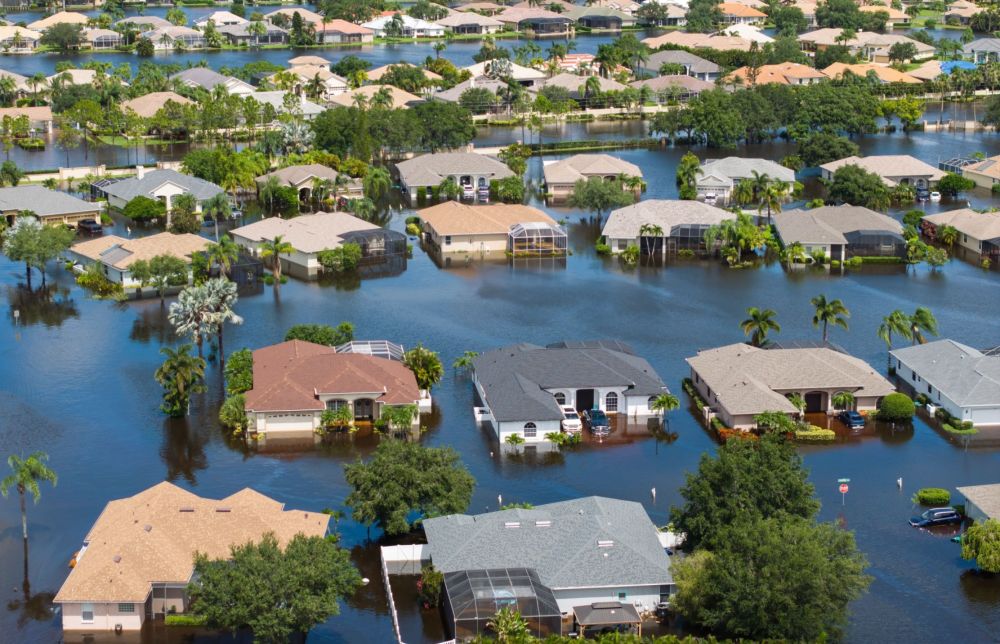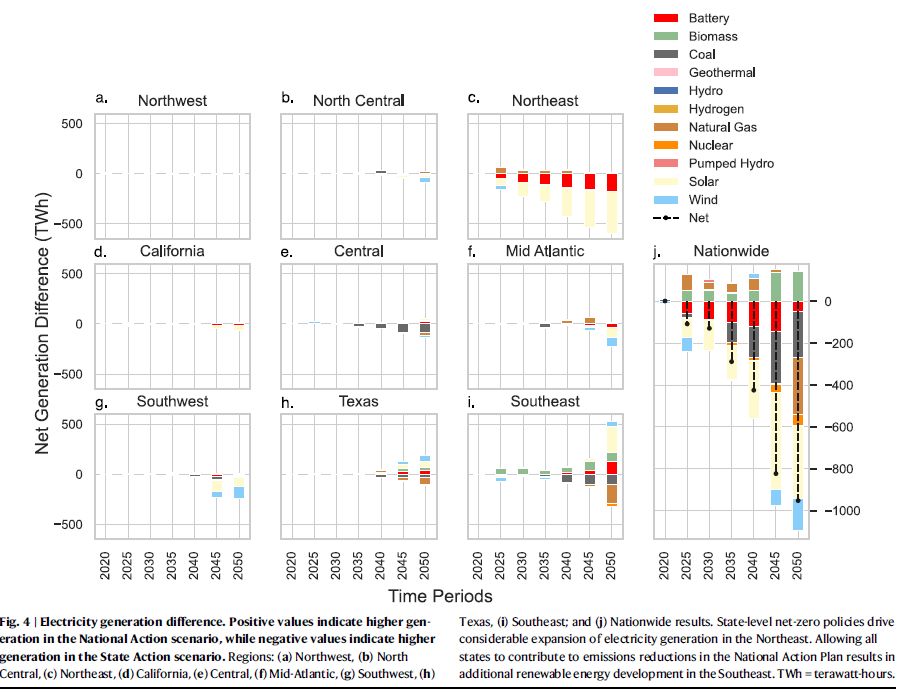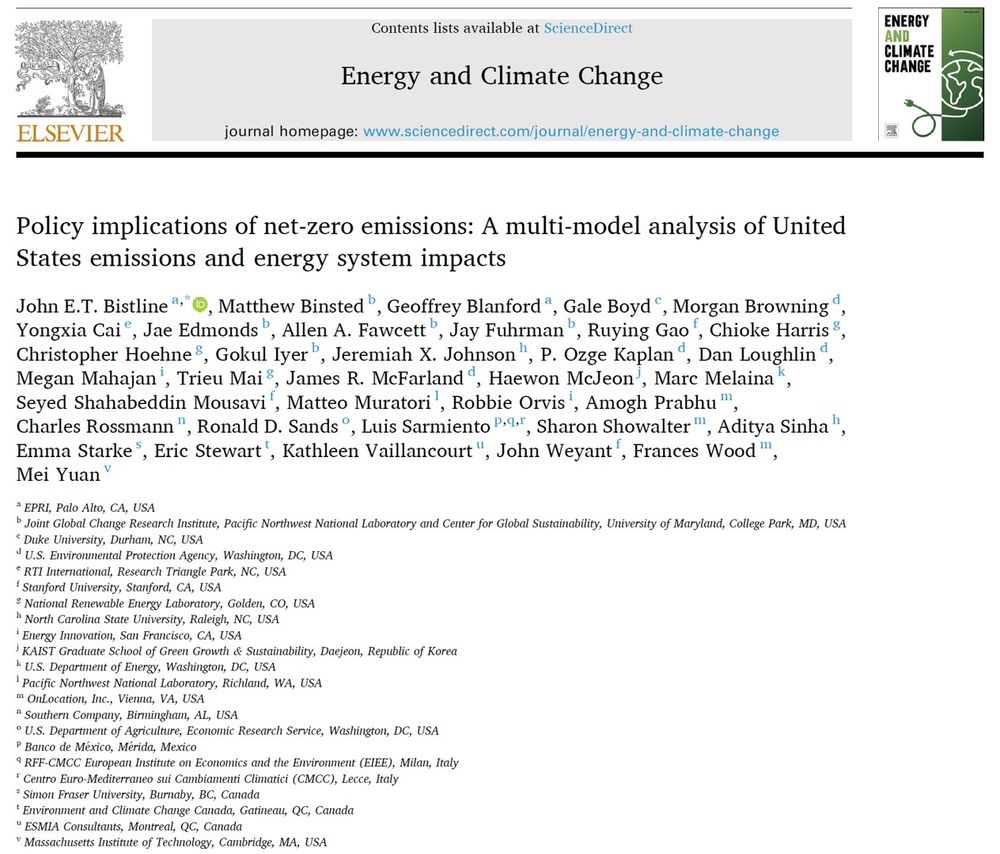

My premiums shot up 43% this year (Raleigh, NC), after hikes of 20% and 24% the past two years. Home insurance premiums may be one of the most direct ways that many Americans experience the impacts of climate change that has already occurred.
My premiums shot up 43% this year (Raleigh, NC), after hikes of 20% and 24% the past two years. Home insurance premiums may be one of the most direct ways that many Americans experience the impacts of climate change that has already occurred.
HT @kevinjkircher.com

HT @kevinjkircher.com
thanks for sharing this!
thanks for sharing this!
Details & application available: apply.interfolio.com/168478
Details & application available: apply.interfolio.com/168478
Even with little expectation of federal climate action in the near-term, states can still achieve substantial and cost-effective emissions cuts.
Even with little expectation of federal climate action in the near-term, states can still achieve substantial and cost-effective emissions cuts.
In the absence of federal leadership, net-zero states will need to consider the embedded carbon of their electricity and biofuel imports.

In the absence of federal leadership, net-zero states will need to consider the embedded carbon of their electricity and biofuel imports.
Under State Action, the North Central region imports fossil-based electricity from the unconstrained Central region.
But under State Action, California increases electricity imports from the Southwest and spurs out-of-region renewables.

Under State Action, the North Central region imports fossil-based electricity from the unconstrained Central region.
But under State Action, California increases electricity imports from the Southwest and spurs out-of-region renewables.
Under State Action, we see more EVs, heat pumps, and electrified industry in participating states, requiring +900 TWh/year over National Action. But non-participating states retain a fair amount of natural gas and coal generation without a federal cap.

Under State Action, we see more EVs, heat pumps, and electrified industry in participating states, requiring +900 TWh/year over National Action. But non-participating states retain a fair amount of natural gas and coal generation without a federal cap.
• State Action: net-zero by 2050 in 23 politically-willing states
• National Action: same CO₂-eq reduction but achieved with a nationwide cap
Both reduce emissions 46% by 2050, but with very different tech pathways.

• State Action: net-zero by 2050 in 23 politically-willing states
• National Action: same CO₂-eq reduction but achieved with a nationwide cap
Both reduce emissions 46% by 2050, but with very different tech pathways.
We used an open-source energy system optimization model to explore what happens if 23 U.S. states pursue net-zero without federal coordination.
📄 doi.org/10.1038/s414...

We used an open-source energy system optimization model to explore what happens if 23 U.S. states pursue net-zero without federal coordination.
📄 doi.org/10.1038/s414...

In the largest multi-model study of U.S. decarbonization strategies to date, we explore technology and policy implications for reaching net-zero emissions using 14 energy-economic models. A thread of key takeaways in 10 charts...

In the largest multi-model study of U.S. decarbonization strategies to date, we explore technology and policy implications for reaching net-zero emissions using 14 energy-economic models. A thread of key takeaways in 10 charts...
www.sciencedirect.com/science/arti...
www.sciencedirect.com/science/arti...

Thanks to @sloanfoundation.bsky.social, Environmental Research: Energy @ioppublishing.bsky.social, and collaborators (@paulijllo.bsky.social @clameron.bsky.social @katiehjordan.bsky.social)
Thanks to @sloanfoundation.bsky.social, Environmental Research: Energy @ioppublishing.bsky.social, and collaborators (@paulijllo.bsky.social @clameron.bsky.social @katiehjordan.bsky.social)


